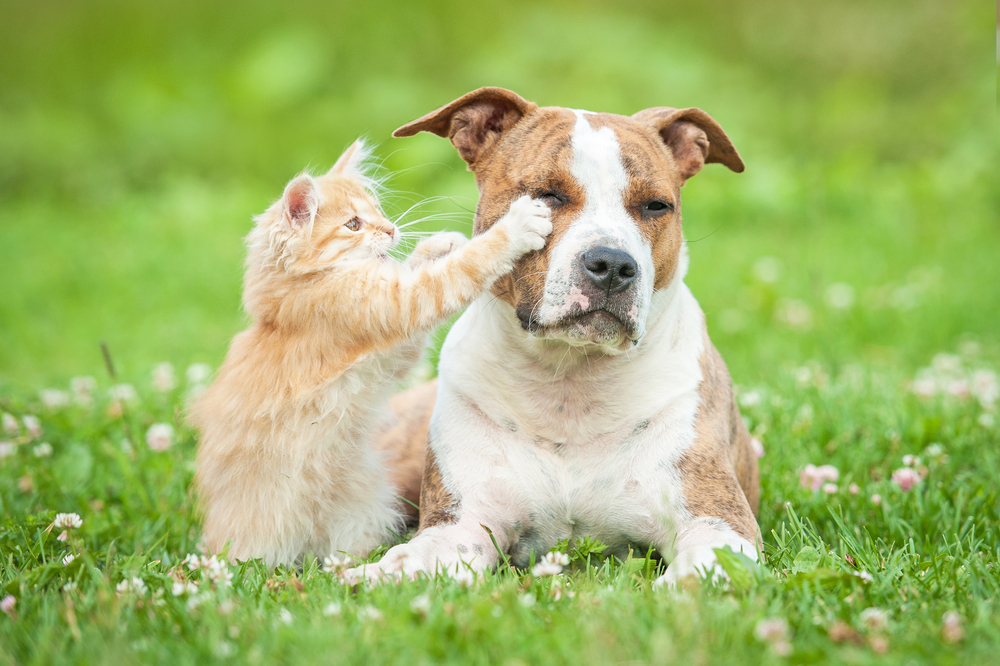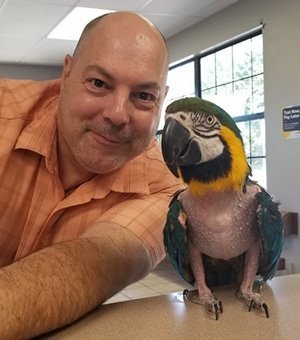
Understandably, it can be quite the challenge to deal with a pet who’s keen on leaving their mark around your living space or who seems to have an insatiable itch for adventure beyond the backyard.
Trust us, you’re not alone in this. Many pet owners discover that spaying or neutering is more than just a routine procedure—it’s a doorway to behavioral transformation! Our latest blog post delves into how this choice can bring about a sense of tranquility and joy for both you and your four-legged companion.
So stick with us as we explore the perks of surgical options, which could very well be the key to fostering a serene household atmosphere!
Understanding the Importance of Spaying/Neutering
We see firsthand how spaying and neutering play a critical role in animal welfare. These procedures are more than just veterinary surgeries; they’re vital tools for behavior modification and reproductive health.
By reducing the breeding instinct, we notice fewer pets roaming outside their homes or engaging in stressful urine-marking rituals. This isn’t just about keeping pets indoors—it’s about enhancing their quality of life.
Our furry friends also benefit from sterilization by avoiding aggressive encounters and unwanted litters that contribute to pet overpopulation. We take pride in promoting this aspect of responsible pet ownership, knowing it leads to safer communities with fewer stray animals seeking shelter.
Neutering dims the drive to seek mating opportunities—a win for both pets and owners looking for tranquility at home. Spaying means saying goodbye to heat cycles and mood swings, bringing peace to our female companions as well as us as caregivers.
What is The Difference Between Spaying and Neutering?
Spaying and neutering are both forms of pet sterilization that help control the animal population and prevent unwanted aggressive behaviors linked to mating instincts. Spaying is a surgical procedure performed on female pets, where the ovaries and usually the uterus are removed.
This stops her from going into heat and can eliminate mood swings as well as attractions from male animals. On the other hand, neutering involves removing the testicles of male pets, which reduces their desire to roam in search of a mate and decreases urine marking around your home.
Both procedures play a significant role in reproductive health by preventing unplanned pregnancies that contribute to pet overpopulation. They also modify behavior by reducing or eliminating reproductive behaviors in animals, such as roaming in males and heat cycles in females.
When Should I Spay My Pet?
Understanding the differences between spaying and neutering sets the stage for deciding on the right timing for these procedures. It’s essential to consider your pet’s age, breed, and overall health before scheduling surgery.
Most veterinarians agree that spaying or neutering pets when they’re young is beneficial. Typically, cats can be spayed or neutered as early as eight weeks old. Dogs often undergo the procedure between six to nine months of age; however, some larger breeds might benefit from waiting until they are a bit older.
Consulting with a veterinarian is crucial because they can provide personalized advice based on your pet’s specific needs. They take into account factors like weight and developmental milestones before recommending sterilization timing.
What to Expect After the Surgery
After your pet’s spaying or neutering surgery, it’s normal for them to be a bit groggy as the anesthesia wears off. They’ll need a quiet place to rest without too much excitement or other pets around.
Your vet will give you specific care instructions, which may include keeping the surgical site dry and preventing your pet from licking it, which can be managed with an Elizabethan collar if necessary.
Pain medication might also be provided to help ease any discomfort.
In the days following the procedure, you should monitor their behavior and ensure they’re eating, drinking, and relieving themselves normally. Some pets bounce back quickly while others take more time, so don’t worry if yours seems sleepy or less active for a day or two. You’ll notice that behaviors influenced by reproductive hormones will start to diminish; males typically show fewer tendencies to roam or mark territory with urine and females no longer go into heat.
Is Spaying/Neutering Painful?
We understand your concerns about the discomfort pets may experience with spaying or neutering. These procedures do involve common surgery, and like any operation, some pain is inevitable during recovery.
However, veterinarians are skilled at ensuring animals are as comfortable as possible. They use anesthetics during the procedure to prevent pain, and provide appropriate post-operative care, including pain relief medication, to ease any discomfort afterwards.
Your pet’s well-being comes first for us; we monitor them closely following the surgery and give clear guidance on managing their recovery at home. The slight temporary discomfort is balanced by the long-term health benefits, such as reducing risks of certain cancers and eliminating stressful heat cycles in females.
Moreover, you’re contributing to animal welfare by preventing unwanted behaviors related to mating instincts which can cause your pet distress and lead to overpopulation issues when uncontrolled breeding occurs.
Spay or Neuter Your Pet Today!
In neutering our pets, we cut down on the hassles of runaway animals and messy marking behaviors. We make a real difference in animal welfare by preventing unwanted animals that often end up without homes.
Have you thought about how a simple surgery could mean fewer strays in your neighborhood? Reducing these behaviors is not just good for our pets; it leads to safer, cleaner communities too.
If pet overpopulation concerns you, remember that each spay or neuter contributes to the solution. Let’s embrace responsible pet ownership and help every animal enjoy a happier, healthier life by scheduling an appointment with Pine Ridge Pet Clinic & Boarding Today!




